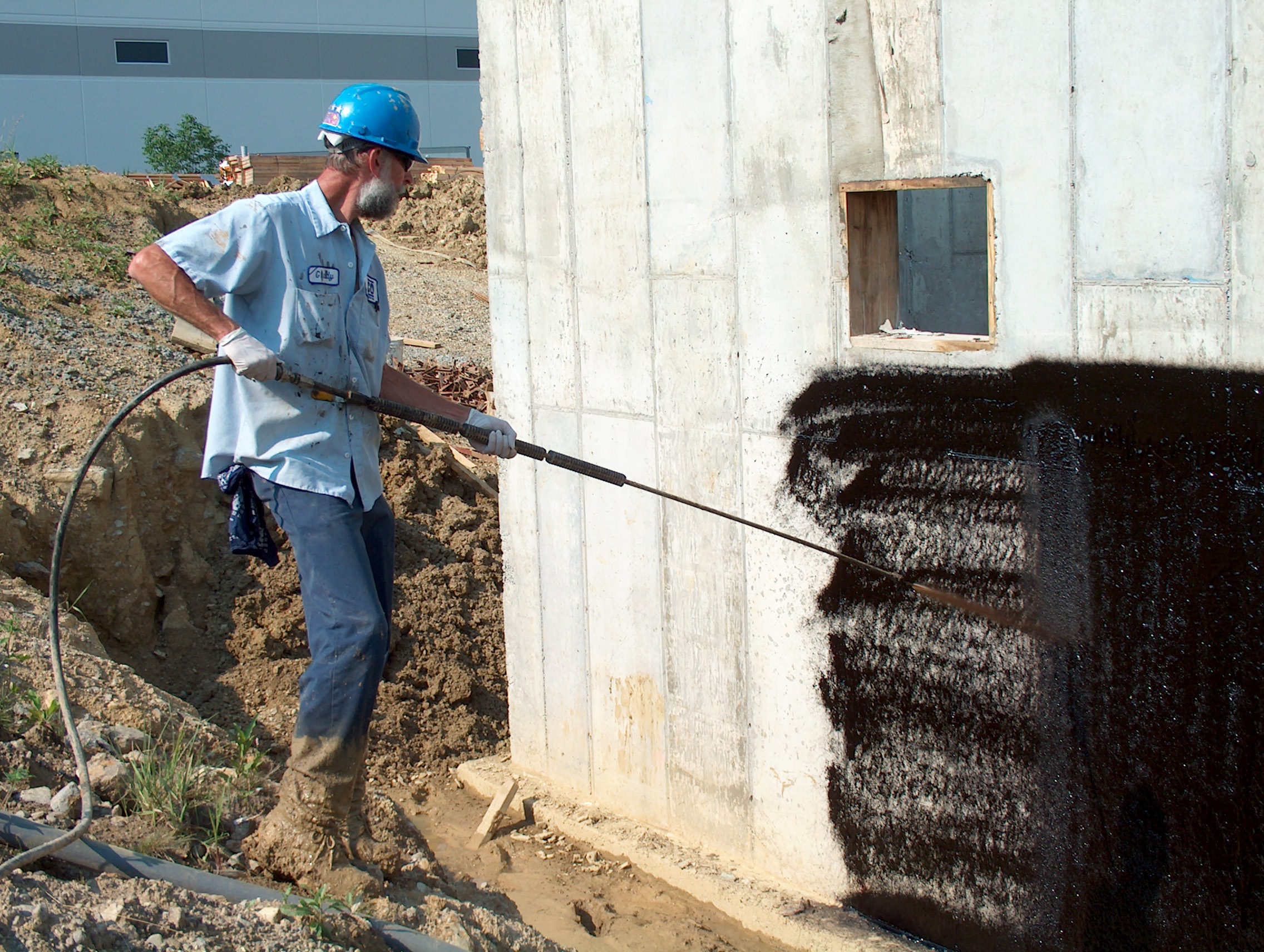When begin a new building project, many consider the design elements and structural integrity of the building. However, overlooking the importance of waterproofing can lead to serious consequences that may not become apparent until it's too late. Aluneed basement waterproofing is essential for every home and business building because it protects against water damage, which can jeopardize your property value, lead to expensive repairs, and create an unwholesome living environment.
Understanding the various aspects of waterproofing is crucial for homeowners and builders alike. From choosing the appropriate waterproofing products to deciding whether to take a DIY approach or hire experts, having a strong understanding of waterproofing strategies can prevent significant losses in potential repairs. This guide will delve into all you should understand about waterproofing, including its importance, the signs that suggest your property may need attention, and the most effective techniques to ensure your new construction stays protected and safe for years to come.
Grasping the Importance of Waterproofing

Waterproofing is a fundamental aspect of every new construction project, protecting structures against the harmful effects of water infiltration. Water can seep into basements, walls, and ceilings, leading to a series of issues including fungal infestation, structural damage, and high repairs. Ensuring proper waterproofing from the beginning not only protects the integrity of the building but also improves its longevity and worth over the long run.
Ignoring the importance of waterproofing can lead to major financial repercussions. The expenses associated with water damage repairs can rise quickly, often amounting to thousands of dollars. This makes spending in premium waterproofing systems a smart decision for property owners and builders alike. Proper waterproofing practices can effectively save money in the end by reducing the chances of extensive repairs and maintenance.
Furthermore, waterproofing plays a key role in creating a secure living environment. Wet and moisture-laden areas are hotbeds for mold and mildew, which can impact indoor air quality and pose hazards to occupants. By focusing on waterproofing in recent construction, builders and property owners can create areas that are not only long-lasting but also foster a comfortable and pleasant atmosphere.
Typical Waterproofing Methods and Options
Regarding effective waterproofing, a number of techniques can be applied to protect a structure from water damage. One popular method is the application of waterproofing membranes, which are sheets or liquid coatings that create a shield against moisture. These membranes can be installed to exteriors, foundations, and roofs, providing a uninterrupted layer of protection. Additionally, sheet membranes are frequent in areas vulnerable to heavy water exposure, such as basements and balconies, ensuring that water does not breach vital structural elements.
Another effective waterproofing solution is the use of drainage systems, such as French drains or sump pumps. These systems redirect water away from the foundation, reducing the risk of flooding and water accumulation. Proper drainage is essential in maintaining the stability of buildings, particularly in regions with heavy rainfall or poor soil drainage. By using these systems in conjunction with waterproofing membranes, homeowners can considerably reduce water damage risks.
In addition to membranes and drainage solutions, the choice of appropriate waterproofing coatings is crucial for areas like bathrooms and kitchens. Waterproof paints and sealants are designed to repel moisture, preventing mold and mildew growth. Moreover, specialized products for tile waterproofing can safeguard floors and walls from water intrusion. Choosing effective waterproofing products ensures longevity and effectiveness, ultimately enhancing your investment and improving the comfort of your living spaces.
Choosing the Right Approach for Your House
When assessing waterproofing for your house, it is important to evaluate your particular needs and the features of your property. Each house presents unique challenges, whether it is a cellar prone to water intrusion, a level roof that collects water, or outdoor structures subjected to the elements. Understanding these factors will help you decide whether indoor or exterior waterproofing methods would be more effective. Consulting with a expert can also provide insights tailored to your circumstances, ensuring you make informed decisions.
Another essential aspect to consider is whether to take the DIY route or hire professional services. Do-it-yourself waterproofing can be cost-effective, especially for smaller projects or upkeep tasks. However, expert waterproofing services often ensure long-lasting results and apply advanced techniques that can significantly minimize the chances of water damage. Reviewing the pros and cons of each option is essential, as the appropriate choice can save you effort, possibly thousands in repairs down the line.
Finally, investing in the highest quality waterproofing products available will yield the best results. Researching and choosing premium materials, such as established coatings and sealants, will enhance the efficacy of your waterproofing efforts. Look for products designed particularly for your intended application—be it roofs, bathrooms, or driveways—ensuring they meet quality benchmarks. By prioritizing excellence in your waterproofing approach, you can create a strong barrier against water, preserving your home’s integrity and safeguarding your investment.
